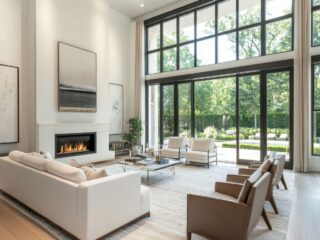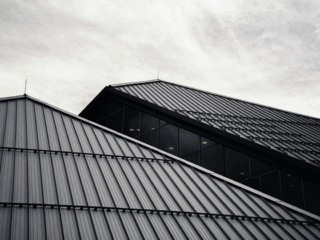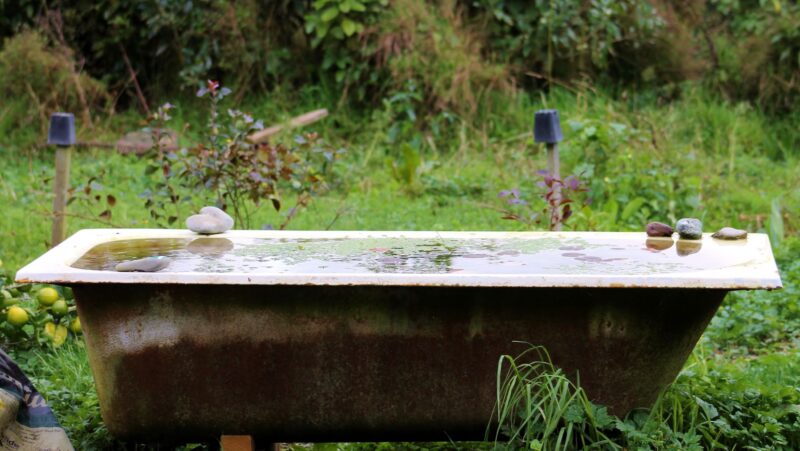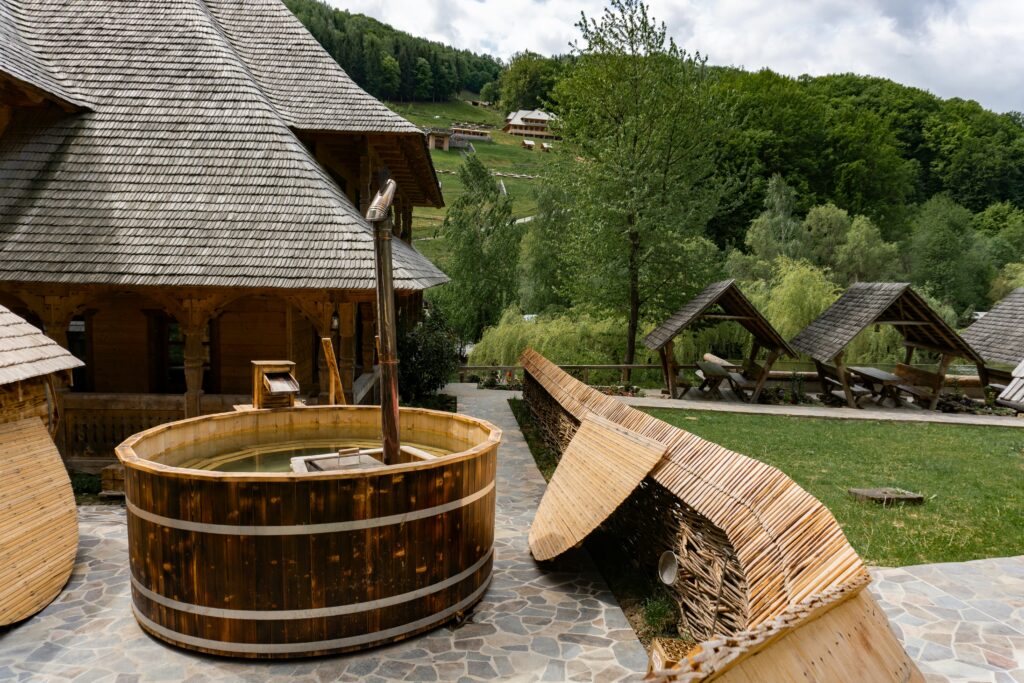
Let’s be clear: the sterile, white conformity of the modern bathroom has failed us. We have filled our most private spaces with cold, lifeless acrylic and porcelain—materials that offer efficiency but no soul. The result is a room for mere sanitation, not sanctuary. It’s time for a radical correction. The re-emergence of the wooden bathtub is not a fleeting design trend; it is an awakening to the profound, sensory experience that bathing was always meant to be. This is a return to authentic materials that engage the senses in a way mass-produced fixtures never could.
A Vessel That Holds More Than Water
The first distinction of a wooden bathtub is not visual, but thermal. It possesses a natural, superior insulation that makes other materials feel obsolete. The moment hot water touches the wood, the material becomes an active participant in your bath. It doesn’t just contain the heat; it absorbs and radiates it back, creating a consistent, enveloping warmth that lasts significantly longer. This is physics, not poetry. The experience is a complete departure from the constant battle of adding more hot water to a rapidly cooling tub. It’s a fundamental, tangible upgrade to the very mechanics of bathing.
Reclaiming the Ritual with the Japanese Soaking Tub
The West’s obsession with reclining in shallow water is a historical anomaly. The japanese soaking tub, or ofuro, offers a more logical, more therapeutic alternative. Its purpose is singular: deep, seated immersion. By submerging the body to the shoulders, the hydrostatic pressure works on the circulatory system, while the heat penetrates deeply into muscles and joints. It’s a powerful, almost medicinal experience, designed to reduce stress and induce a state of meditative calm. To dismiss this as mere cultural curiosity is to miss the point entirely. It is a more intelligent and effective way to use water for personal well-being.
The Freestanding Tub as an Architectural Anchor
A bathtub does not belong tucked away in a corner. It is the functional and spiritual center of the bathroom. The wood freestanding tub embodies this principle. It is an architectural anchor, a piece of sculptural furniture that commands its space. Its placement dictates the flow and feel of the entire room, forcing a more intentional approach to design. It can be oriented to face a window, placed beneath a skylight, or set in the center of the room as an unapologetic declaration of purpose. Its presence alone elevates the room from a place of necessity to one of desire.
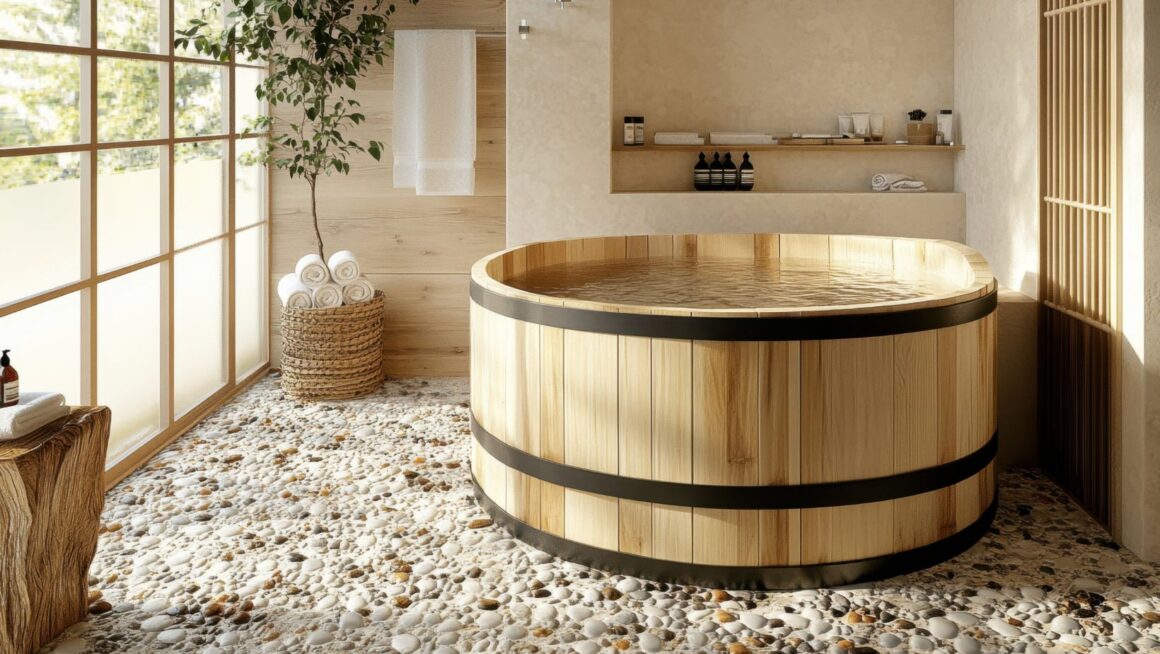
An Inevitable Conclusion
The move toward wooden bathtubs is not about rustic aesthetics or fleeting fashions. It is a rational choice for a superior bathing experience. It is a choice for thermal efficiency, for tactile satisfaction, and for a deeper connection to the materials that shape our daily lives. To continue opting for cold, synthetic tubs is to choose habit over progress, convenience over genuine comfort. The wooden tub is not a luxury; it is the logical, and frankly superior, evolution of the bath.




